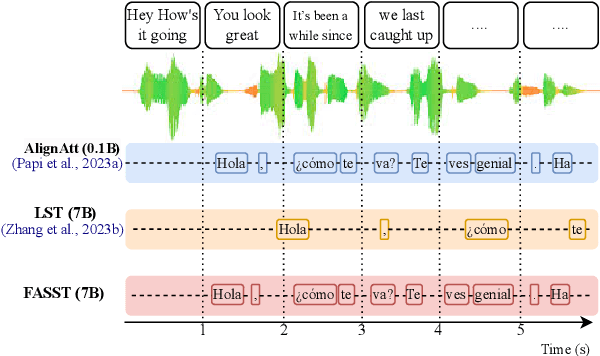Chinmay Dandekar
University of California, Santa Barbara
Translation Canvas: An Explainable Interface to Pinpoint and Analyze Translation Systems
Oct 07, 2024


Abstract:With the rapid advancement of machine translation research, evaluation toolkits have become essential for benchmarking system progress. Tools like COMET and SacreBLEU offer single quality score assessments that are effective for pairwise system comparisons. However, these tools provide limited insights for fine-grained system-level comparisons and the analysis of instance-level defects. To address these limitations, we introduce Translation Canvas, an explainable interface designed to pinpoint and analyze translation systems' performance: 1) Translation Canvas assists machine translation researchers in comprehending system-level model performance by identifying common errors (their frequency and severity) and analyzing relationships between different systems based on various evaluation metrics. 2) It supports fine-grained analysis by highlighting error spans with explanations and selectively displaying systems' predictions. According to human evaluation, Translation Canvas demonstrates superior performance over COMET and SacreBLEU packages under enjoyability and understandability criteria.
FASST: Fast LLM-based Simultaneous Speech Translation
Aug 18, 2024



Abstract:Simultaneous speech translation (SST) takes streaming speech input and generates text translation on the fly. Existing methods either have high latency due to recomputation of input representations, or fall behind of offline ST in translation quality. In this paper, we propose FASST, a fast large language model based method for streaming speech translation. We propose blockwise-causal speech encoding and consistency mask, so that streaming speech input can be encoded incrementally without recomputation. Furthermore, we develop a two-stage training strategy to optimize FASST for simultaneous inference. We evaluate FASST and multiple strong prior models on MuST-C dataset. Experiment results show that FASST achieves the best quality-latency trade-off. It outperforms the previous best model by an average of 1.5 BLEU under the same latency for English to Spanish translation.
 Add to Chrome
Add to Chrome Add to Firefox
Add to Firefox Add to Edge
Add to Edge